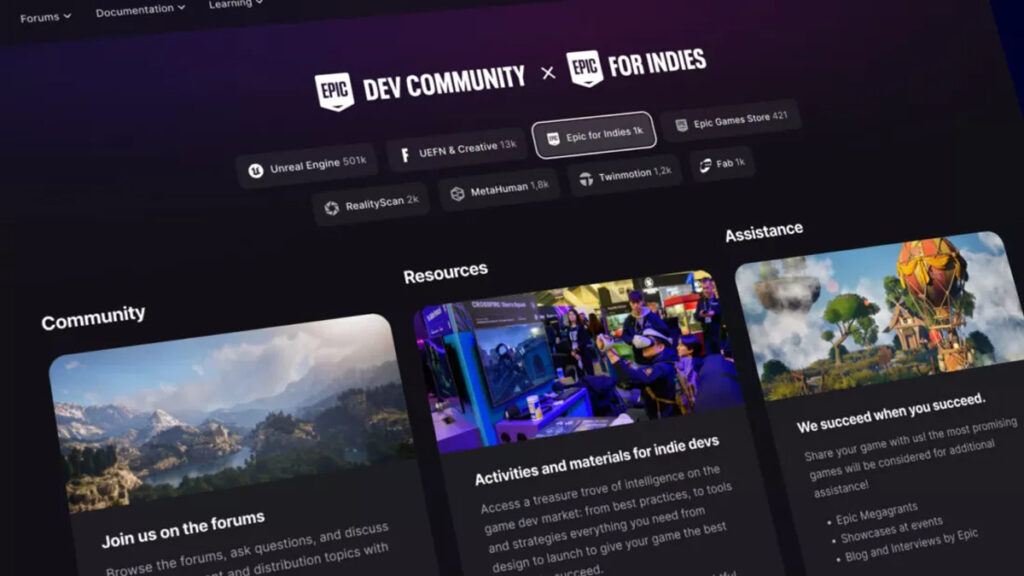Tim Sweeney, the well-known head of Epic Games, never shies away from the spotlight. Recently, the combination of a big interview for the Verge and the latest 2024 Unreal Fest, provided Sweeney with ample opportunities to talk about the future of his company and its different domains of interest. His ideas draw a roadmap for Epic Games and its flagship product, Unreal Engine, and also the wider space of user-generated content (UGC).
Sweeney sounds as ambitious as ever, but now, there is a sense that the different elements of Epic Games’ long-term strategy are lining up to offer a really solid platform, especially in terms of its UGC capabilities. These bold statements are made even though the company has felt a lot of pressure from its competitors for the primary gaming metaverse of the present period.
Unreal Engine 6
The central element of Epic’s strategy for the future is Unreal Engine 6. The game engine is still years away from being released, because the company is constantly updating the current Unreal Engine 5. However, Sweeney and his team firmly believe that the future will belong to UE6 and its pipelines, covering everything from visual development to programming.
The developers are currently working on merging a number of tools that UE5 offers and shaping them as a go-to solution for user-generated content creators. In many ways, this is what began with Unreal Engine 4, which came out in 2014. In the past decade, the engine, especially its legendary 4.26 version, known and celebrated for its stability and effectiveness, became the top option for any AAA and AA development team. Right now, making a top-budget game from scratch would make little sense in anything but Unreal Engine. However, for UE6, Sweeney wants to see that level of popularity overflow to the UGC developers as well.
Unreal Editor For Fortnite and Metahuman
The big change that UE4 brought was its scaling system. It allowed projects of basically any size to adopt its principles of game creation, which in turn offered a path for individual UGC creators. It came in the form of the Unreal Editor for Fortnite, or UEFN. It transformed the programming-based tools, and made them rely on pure logic of sequences and event consequences. Having coding knowledge was no longer a necessity for creating games in UEFN.

UE6 and its improvements to UEFN should take that even further, offering elements like real-world scanning of actors and objects, using technologies like the Metahuman Creator and Metahuman Animator. All of these novel tech systems can replace traditional body capture systems and other cumbersome solutions, with simple mobile phone devices like the iPhone. At the same time, they offer an output that is as good or often even better than what the older tools would provide.
Fab and Unreal Marketplace
Another big component of Epic’s strategy is the migration and merger of different asset marketplaces. A shared platform is now the emerging Fab Marketplace. It promises Epic users a library of assets, models, environments, audio files, and all manner of virtual elements that make up digital gaming worlds. These will blend seamlessly with Unreal Engine, and also with UEFN and other tools from Epic, making the process of import and integration something that happens almost automatically.
The company is clearly seeking to involve asset creators, who would be able to sell their work directly to developers, mainly those who lack the team size and funding of a regular development studio. Again, those boil down to mainly UGC creators.
Competitor Pressure
Sweeney is painting a picture in which Epic Games and its tools are dominating the UGC future. However, the presence of the UGC market is less certain, since many other companies have their own metaverse ambitions. Minecraft and Roblox are direct competitors, and both companies wield big gaming audiences. Roblox, in particular, is a huge challenge for Epic, as it has a massive appeal to the younger demographics and easily onboards new users.
Epic and Fornite are not as appealing, and thus have a harder time bringing in and keeping new players. Others, like Meta and Mark Zuckerberg, have a big financial potential and all of the incentives to try and get into the same market.
It seems that Sweeney and the team are far from a financially secure future, where success is practically guaranteed. However, their present plan seems to be rock-solid and places the UGC space front and center of its future strategy. So far, it’s been a very sensible gamble for any gaming company out there.
